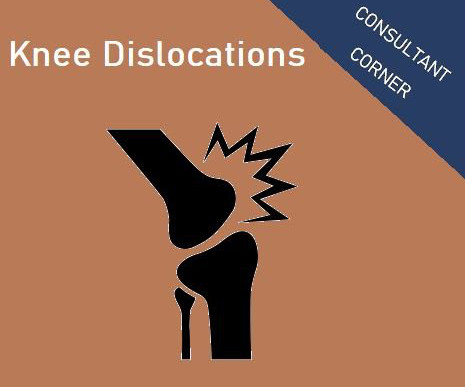Grand Rounds Recap 7.31.24
Taming the SRU
AUGUST 4, 2024
We discussed some practices to push learners outside of their comfort zone and promote learning, based on their level as well as their goals for the shift. The largest retrospective cohort study to date (Beyde et al.) shows that most will improve with empiric antibiotics.
















Let's personalize your content